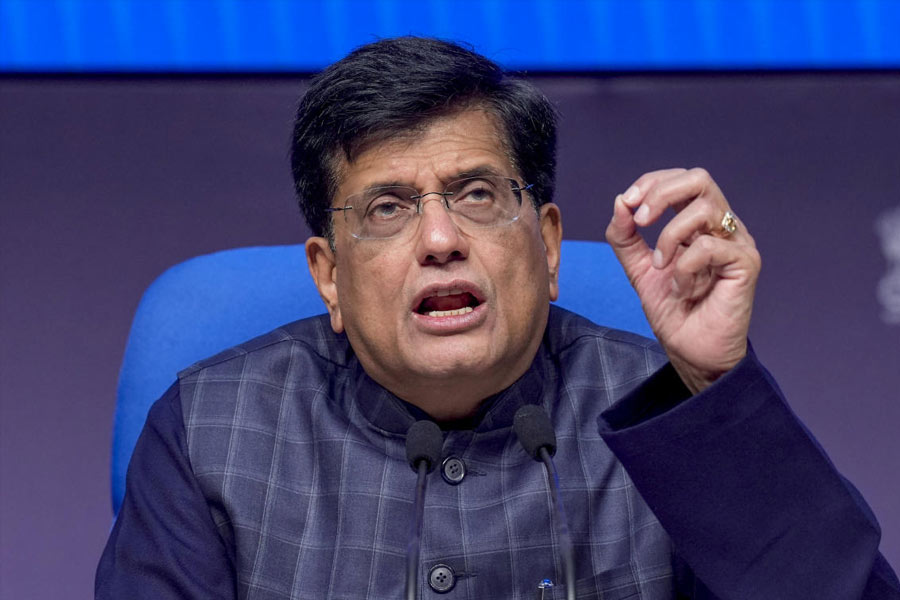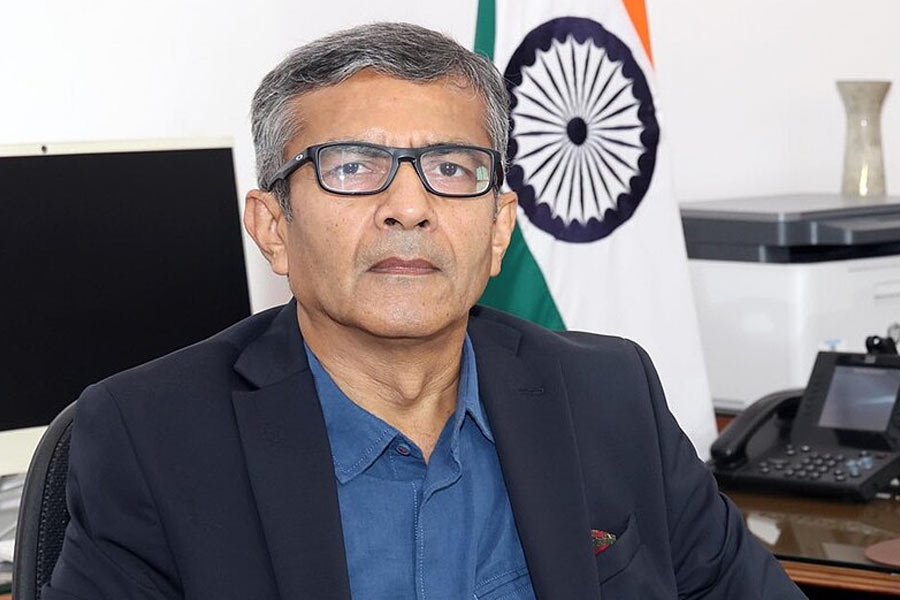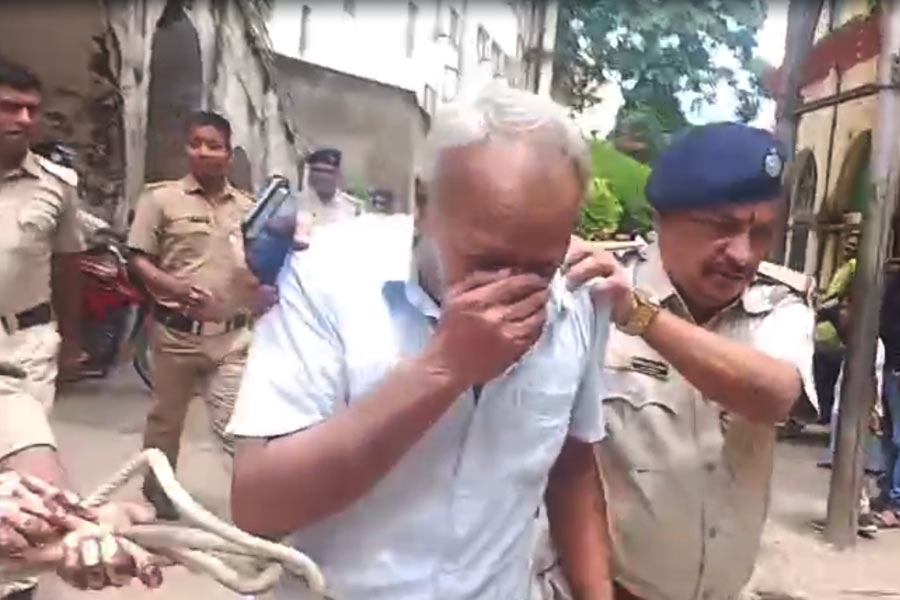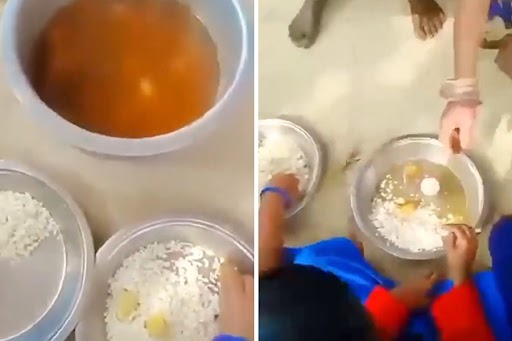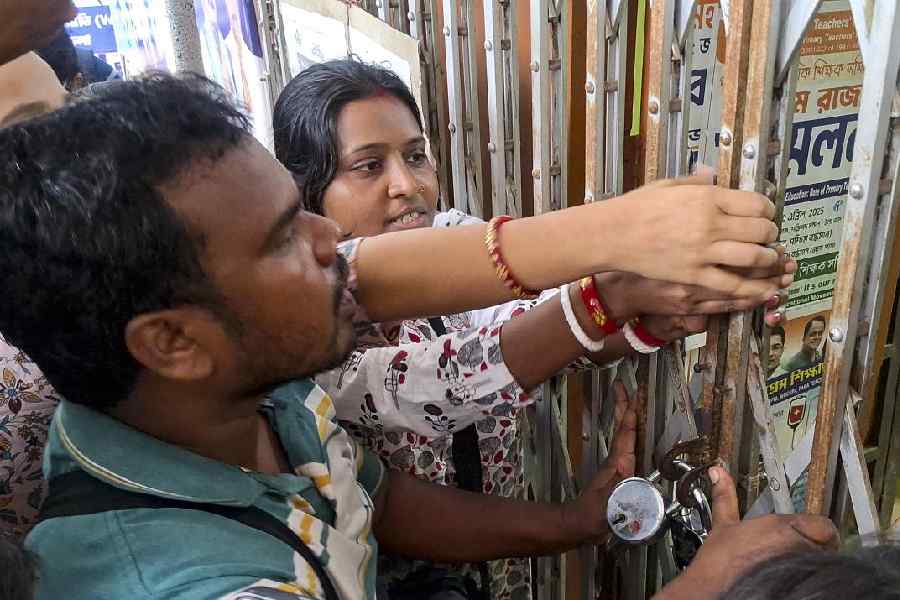 |
| One of the fakes that was on display |
The CID has chargesheeted Dipali Bhattacharya, a former principal of the Government College of Art and Craft, and Dhanbad-based art dealer Jayanta Banerjee for the display of 20 fake Tagore paintings at the institution from February 27 to March 8, 2011 — but only after the bird has flown.
Bhattacharya reportedly left for London on September 30, while Banerjee, the alleged source of these counterfeit works, has been absconding ever since his anticipatory bail plea was rejected by Calcutta High Court in June. His Dhanbad house had earlier been raided by the police but he could not be traced.
The chargesheet comes exactly a year after Tamal Krishna Goswami, a former student of the college, had filed an FIR with New Market police student naming the duo and artist Jogen Chowdhury for the display of the fakes.
The CID has cleared the name of Jogen Chowdhury, who had bought one of the fake Tagore paintings.
Bhattacharya and Banerjee have been charged under non-bailable sections of the IPC — 420 (cheating), 120B (criminal conspiracy, punishment for forgery), 469 (forgery for the purpose of harming reputation) and 511 (attempt to commit an offence).
The CID chargesheet, submitted to the city civil court on September 24, states: “They made a conspiracy of cheating by exhibiting forged or fake paintings to deceive the government and others.”
Bhattacharya had held the exhibition in spite of serious doubts about the genuineness of the works.
The CID officers stated unequivocally that Bhattacharya “deceived the government, the people and the entire culture of Kaviguru” and that she “never checked and intentionally avoided the time-tested methods of checking the paintings”.
At the time of the exhibition, organised to celebrate Rabindranth’s 150th birth anniversary, Bhattacharya had said all the paintings came from Banerjee, a claim that was later refuted by the art dealer who owns a house at 26A Fern Road.
Asked why Bhattacharya was allowed to leave the country, CID officers said they were not sure till the last about her complicity in the case. She took advantage of the situation and left.
Told about the CID move, artist Chowdhury said the investigation was proceeding on the right course.
 |
| Dipali Bhattacharya, a former principal of Goverment College of Art and Craft, who has been chargesheeted for display of Tagore fakes. |
Sculptor Tapas Sarkar, who had filed a public interest litigation at the high court to find the truth about the fakes, said: “I want the truth to be out. I also want the guilty to be punished.”
UK-based Tagore scholar Ketaki Kushari Dyson, who had pronounced the 20 paintings fake going by their digital images mailed by Metro, said some time ago the police had interrogated her about the paintings via email, and she had repeated her original verdict.
She was “mildly surprised” how Bhattacharya was able to get a UK visa, which in the normal course can be quite tough. “Let justice take its course,” she said, but that take so long in India.
Sushobhon Adhikary, curator, Kala Bhavan Museum, Visva-Bharati, whose opinion about the paintings had concurred with that of Dyson’s, said he hoped the guilty would be meted out exemplary punishment so people think twice before being so audacious. He regretted that foreign catalogues are full of Tagore fakes. Even if the business in spurious art cannot be wiped out, this should act as a deterrent.
Sculptor Sarkar filed the PIL after Metro had on March 2, 2011, published a report, quoting Dyson and Adhikary, saying the paintings were fake. Sarkar made the Union of India a respondent and prayed for an inquiry to “identify and punish the persons responsible for the exhibition”.
The 20 paintings were seized and the director-general of the Archaeological Survey of India was ordered by the high court to determine the authenticity or otherwise of the paintings. The paintings were examined on stylistic grounds by Ratan Parimoo, formerly of MS University, Baroda, and an authority on Tagore paintings, and the probe committee decided they were not authentic. The scientific members of the committee upheld the views expressed by Parimoo. The ASI director-general was in agreement with these experts.


